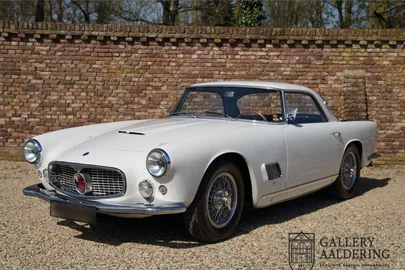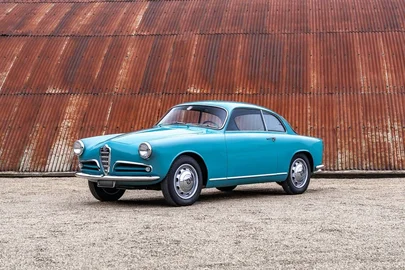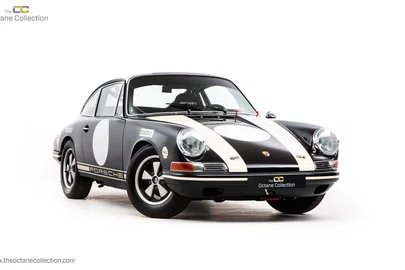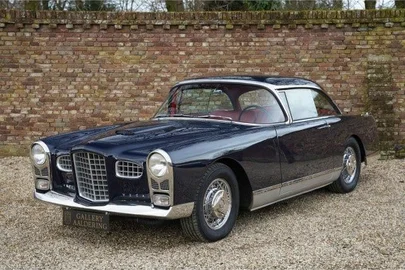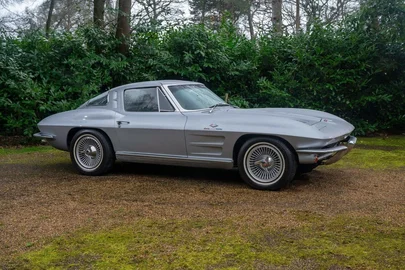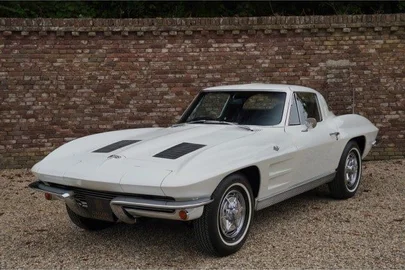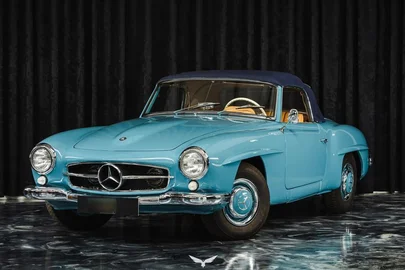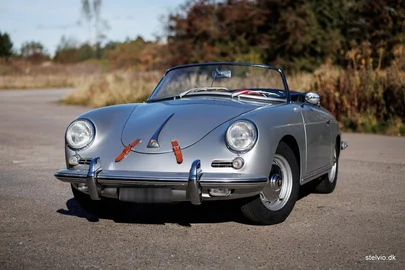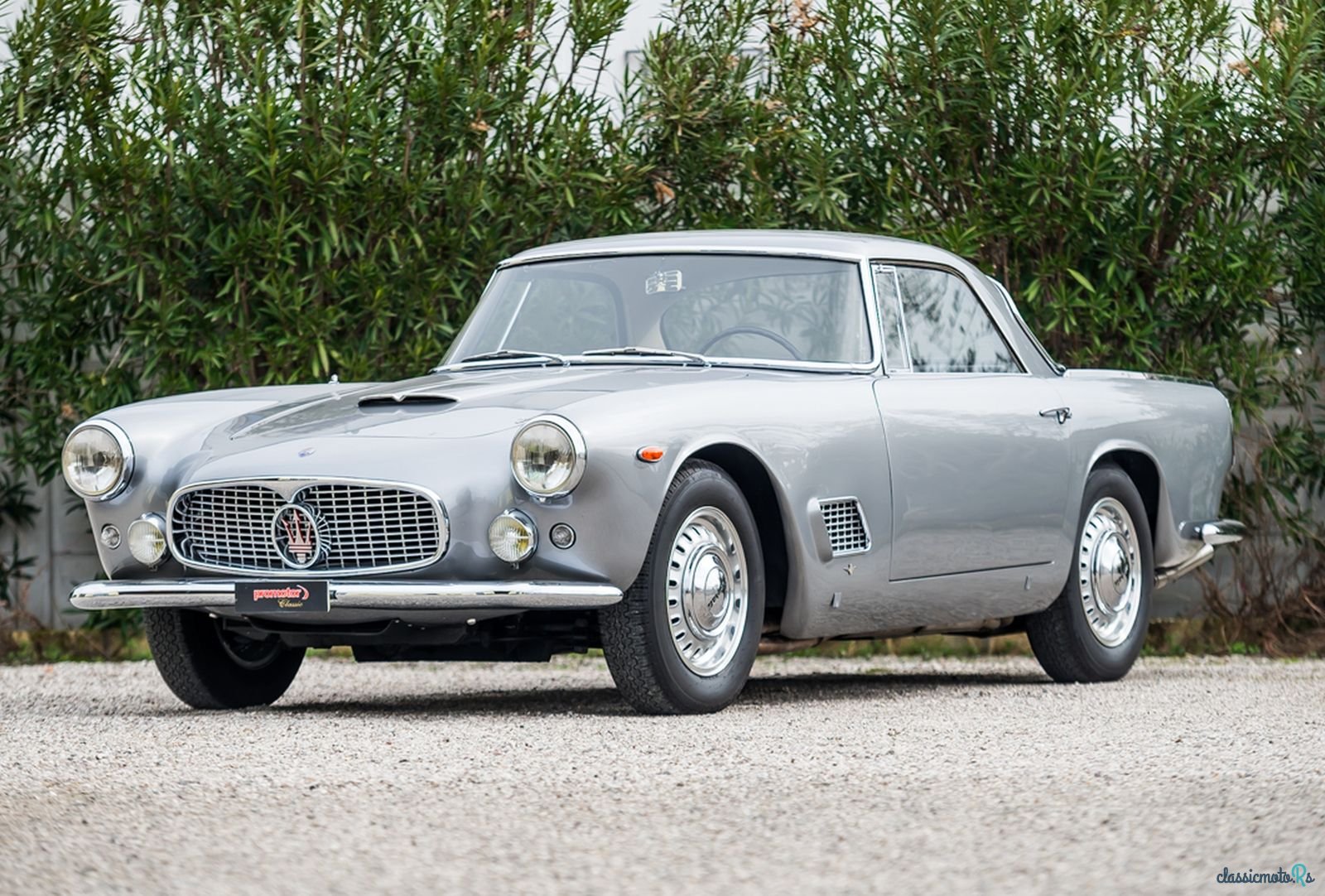

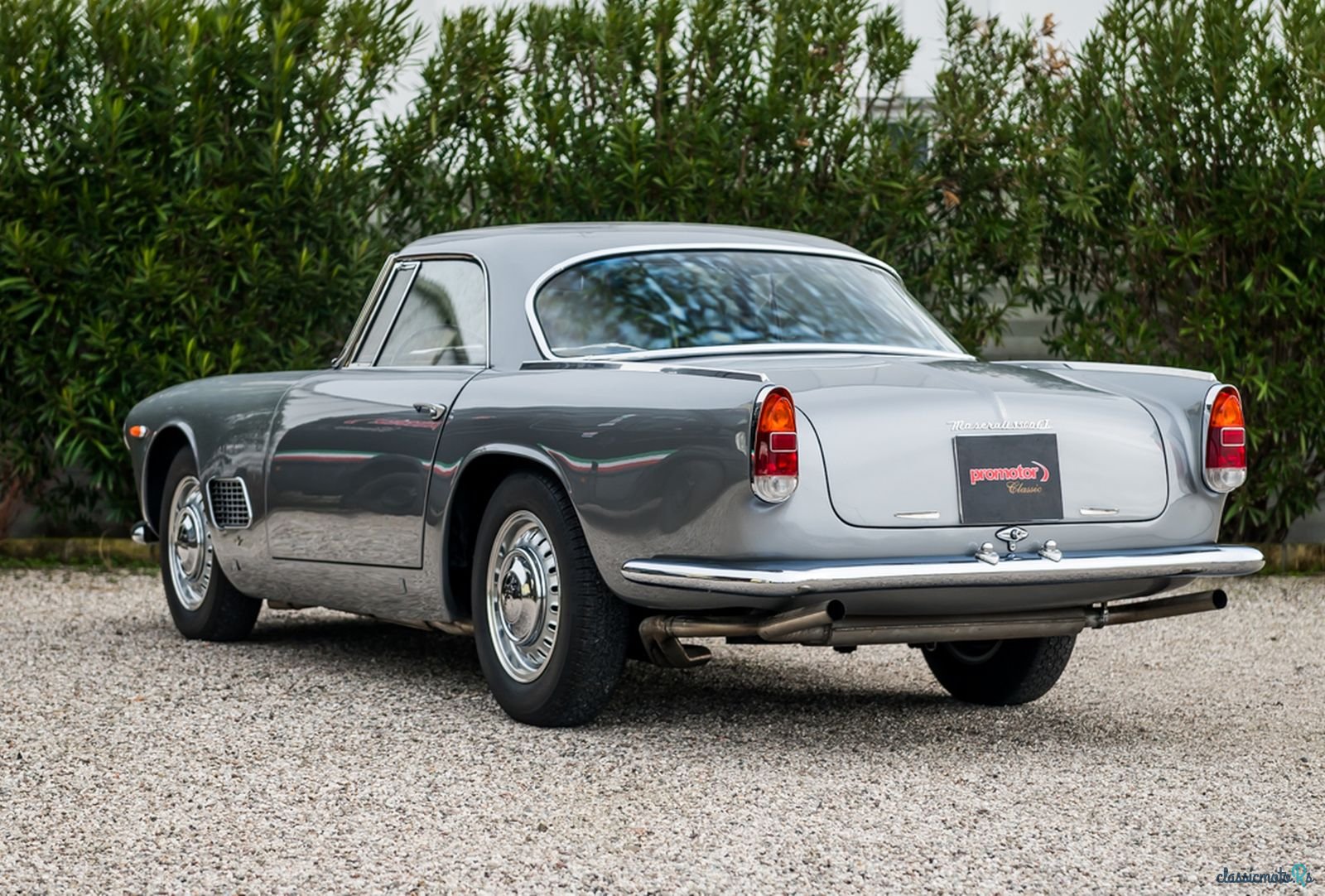
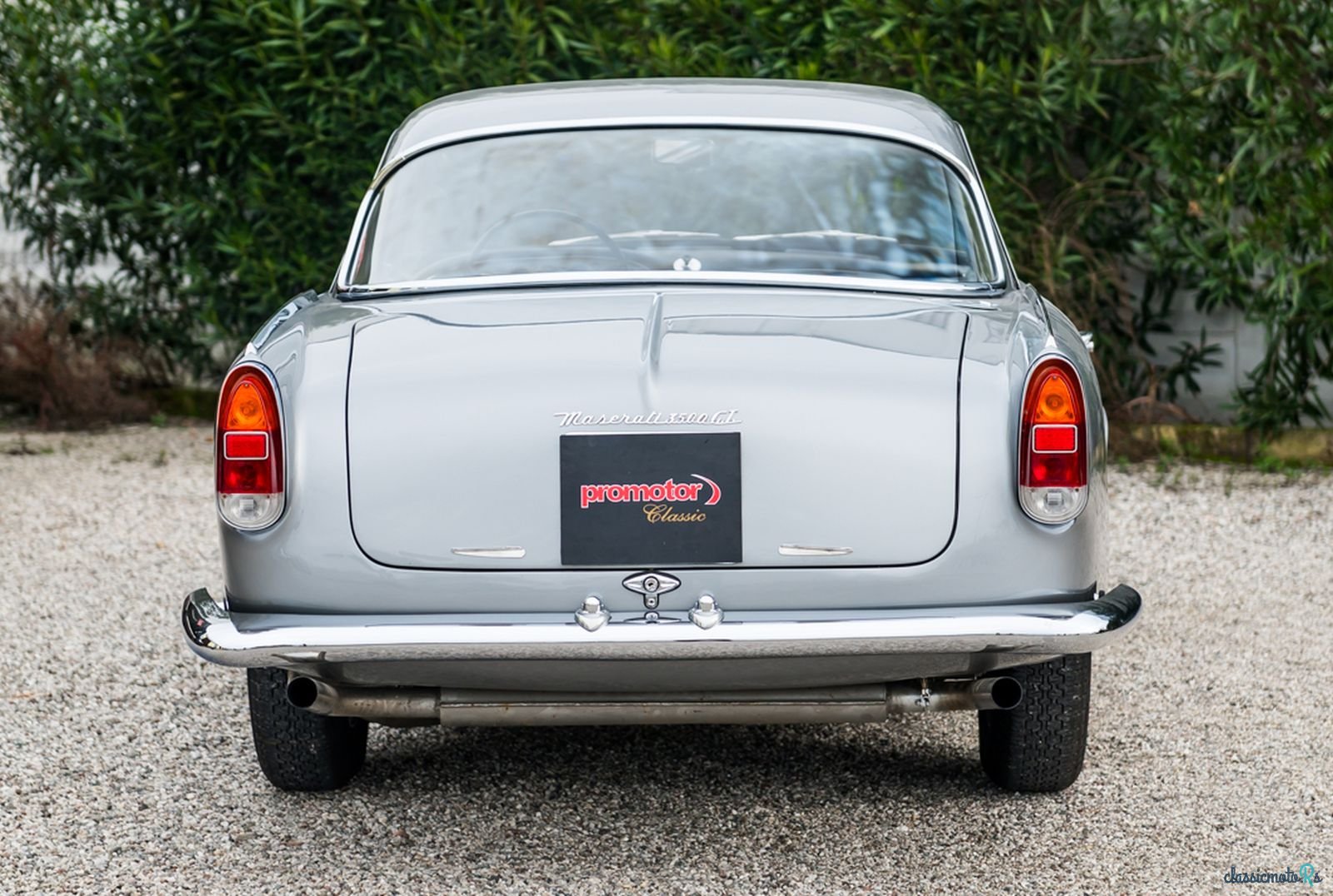
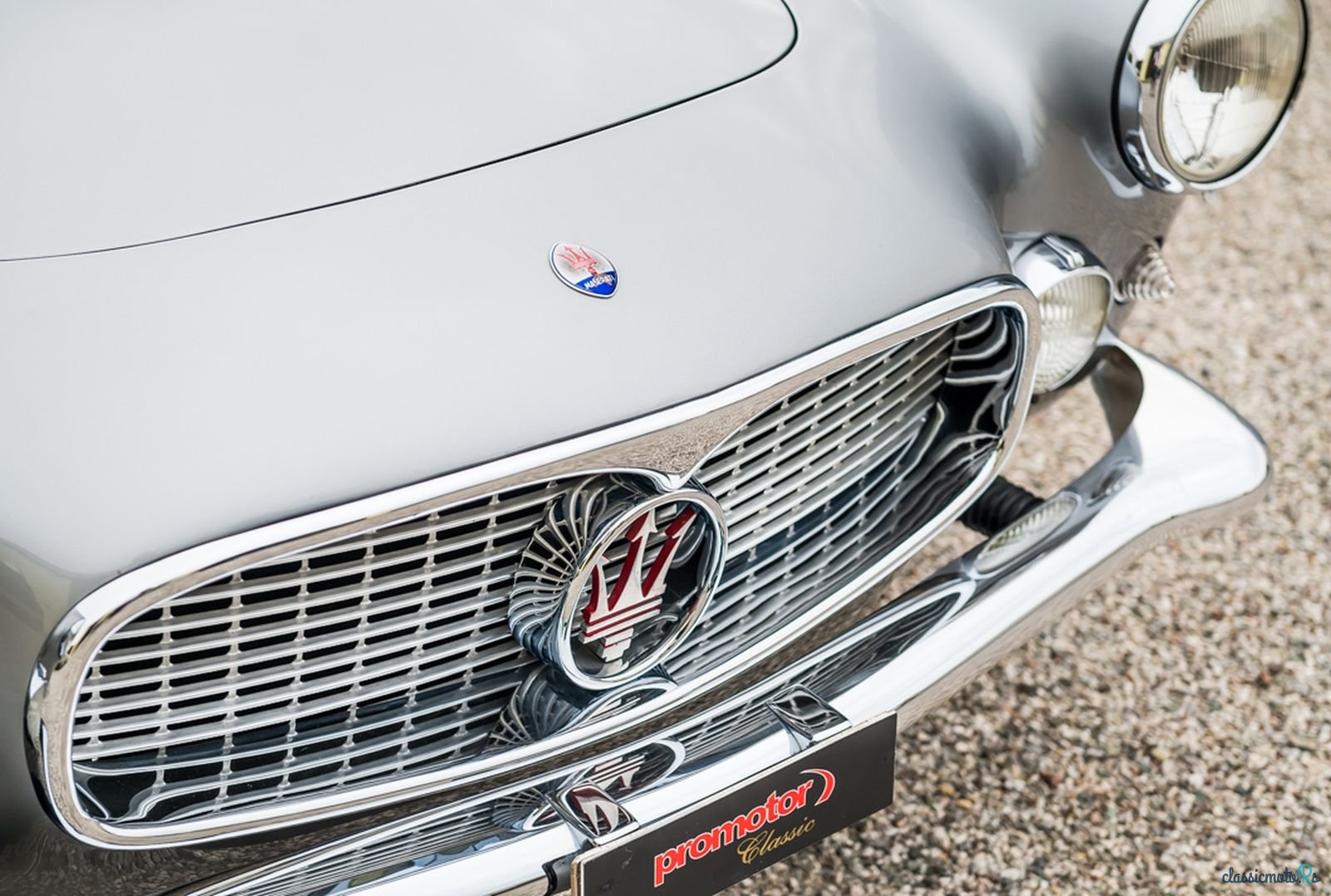
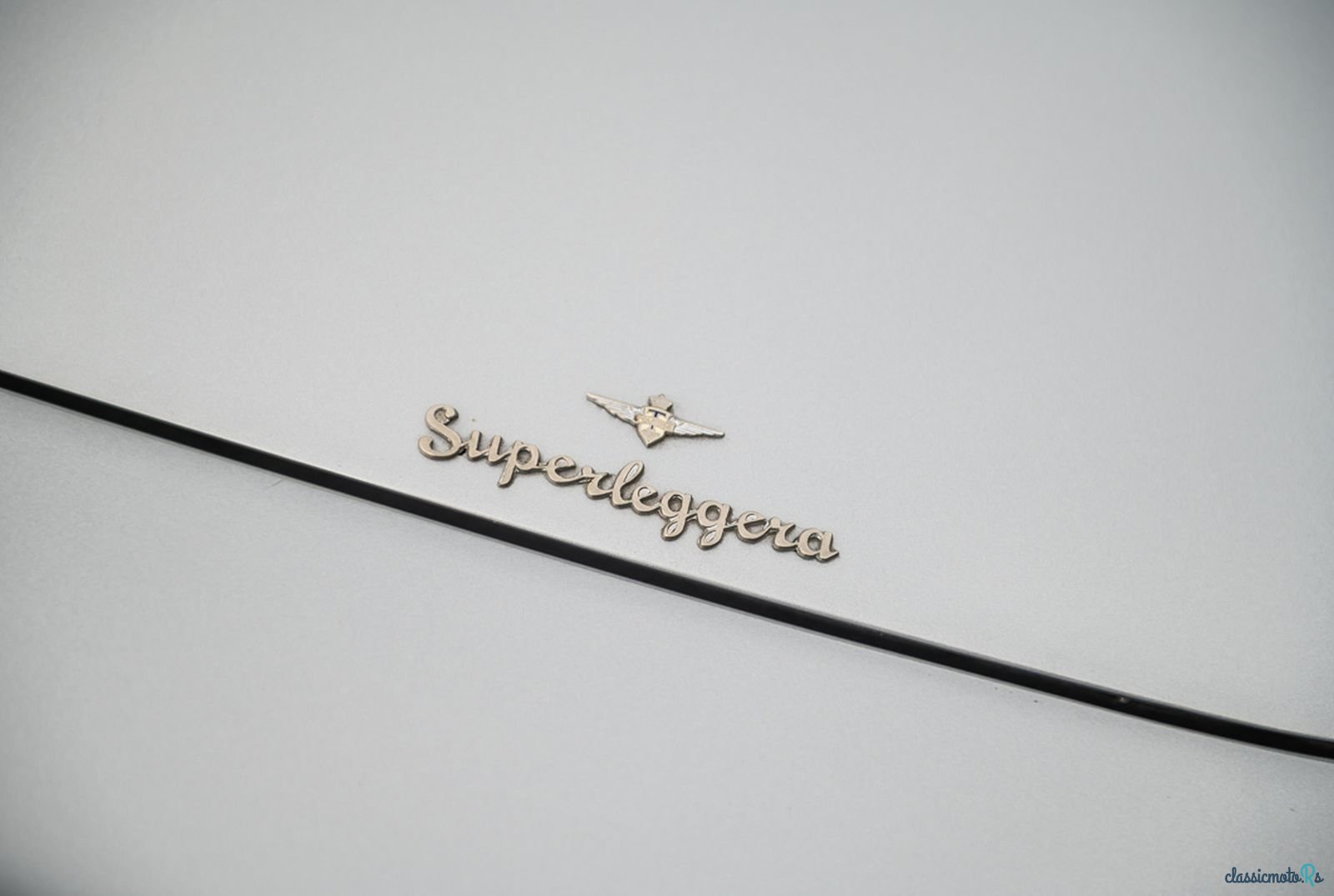
6 photos
1960' Maserati 3500 GT
Report This Ad!Rate This!Bookmark This
£225,000Published 1 March 2024ID: MAdJbZ
Expired
1 year, 9 months ago
1 year, 9 months ago
Information from the owner
Body: Coupe
Age: 64 years
Seller's comments about 1960' Maserati 3500 GT
The Maserati 3500 GT Touring, Serie I that we propose is one of the most iconic and classic vintage cars ever. A timeless Made in Italy. This carburettor-powered first series is in excellent overall condition, having recently undergone a meticulous restoration in every detail. Matching number and matching colour with plates and documents of the time. ASI Targa Oro homologated, ready for viewing and testing. In the mid-1950s, Oscar Orsi, the owner of Maserati, sensed the emerging market for luxury GTs that would come with the economic boom. He realised that Maserati had to invest in a totally new model in terms of layout, quantity and capacity. The new car had to be top class and combine the sportiness typical of the Modenese marque with luxury and comfort requirements; it had to allow long motorway journeys at high speed without tiring the driver and passengers. The interior therefore had to be comfortable and cosy, and the road holding had to be safe and within reach of all types of customers, without them necessarily being experienced drivers. The interior fittings and finish had to be of high quality so as not to disappoint the most demanding customers. The mechanics had to be reliable and durable as well as sporty. All this had to be replicated in numerous examples. Maserati production before the 3500 GT was extremely small, with this model they wanted to go to producing 2 cars a day. These were important numbers when one considers that only 2-3 cars per month had been produced until then. Furthermore, the previous models all had an engine capacity of between 1. 5 and 2 litres; now the aim was to go higher, beyond 3 litres, in order to adapt the performance to the car's increased dimensions. The Maserati 3500 GT was officially presented to the public at the 1957 Geneva Motor Show. In its final version, the large coupé adopted a steel body, but with doors and bonnets made entirely of aluminium, with a final weight of 1420 kg (very low), combined with 16-inch wheels of generous dimensions for the time. The engine chosen by the Trident was a 3. 5-litre straight-six with 230 bhp, fed by three Weber 42 DCOE carburettors together with a Marelli 2-in-1 distributor. Twin-shaft and triple-chain-driven, it is mated to a 4-speed ZF manual gearbox, controlled by a dry single-plate clutch. In terms of suspension, a double wishbone configuration with independent wheels is chosen for Maserati's first GT, combined with hydraulic telescopic dampers with coil springs at the front and a more traditional rigid axle at the rear. __ The Maserati 3500 GT Touring, Series I, we offer is one of the most iconic and classic vintage cars of all time. A timeless Made in Italy. This first series with carburetors is in excellent overall condition, recently undergoing a meticulous full restoration in every detail. It is a matching numbers and matching colour car with original plates and documents. Approved by ASI with the "Targa Oro" designation, it is ready for any viewing and test. In the mid-1950s, Oscar Orsi, the head of Maserati, foresaw the emerging luxury grand tourer market that would arise with the economic boom. He understood that Maserati needed to invest in a completely new model in terms of design, quantity, and displacement. The new car had to be of superior class, combining the typical sportiness of the Modenese brand with luxury and comfort needs. It had to allow long-distance, high-speed journeys on the highway without fatiguing the driver and passengers. The interior had to be comfortable and the road holding had to be safe and accessible to all types of customers, not necessarily skilled drivers. Internal fittings and finishes had to be of high quality to meet the demands of the most discerning customers. The mechanics had to be reliable, durable, and, at the same time, sporty. All of this had to be replicated in numerous units. Maserati's production before the 3500 GT was extremely limited, and with this model, they aimed to produce two cars per day. Significant numbers considering that, until then, only 2-3 cars had been produced per month. Furthermore, the previous models all had a displacement between 1. 5 and 2 liters; now they had to aim higher, beyond 3 liters, to match the increased dimensions of the car. The Maserati 3500 GT was officially presented to the public at the 1957 Geneva Motor Show. In its final version, the large coupe features a steel body but with doors and hoods entirely made of aluminium, resulting in a final weight of 1420 kg (very low), paired with 16-inch wheels, generously sized for the time. The Trident chose a 3. 5-liter inline-6 engine producing 230 horsepower, fed by 3 Weber 42 DCOE carburetors along with a Marelli 2-in-1 ignition. With a twin-cam and triple-chain distribution, it is paired with a 4-speed manual ZF gearbox, controlled by a dry single-disc clutch. Regarding suspension, for Maserati's first GT, a double-wishbone configuration with independent wheels is chosen, coupled with telescopic hydraulic shock absorbers with coil springs at the front and a more traditional rigid axle at the rear.
